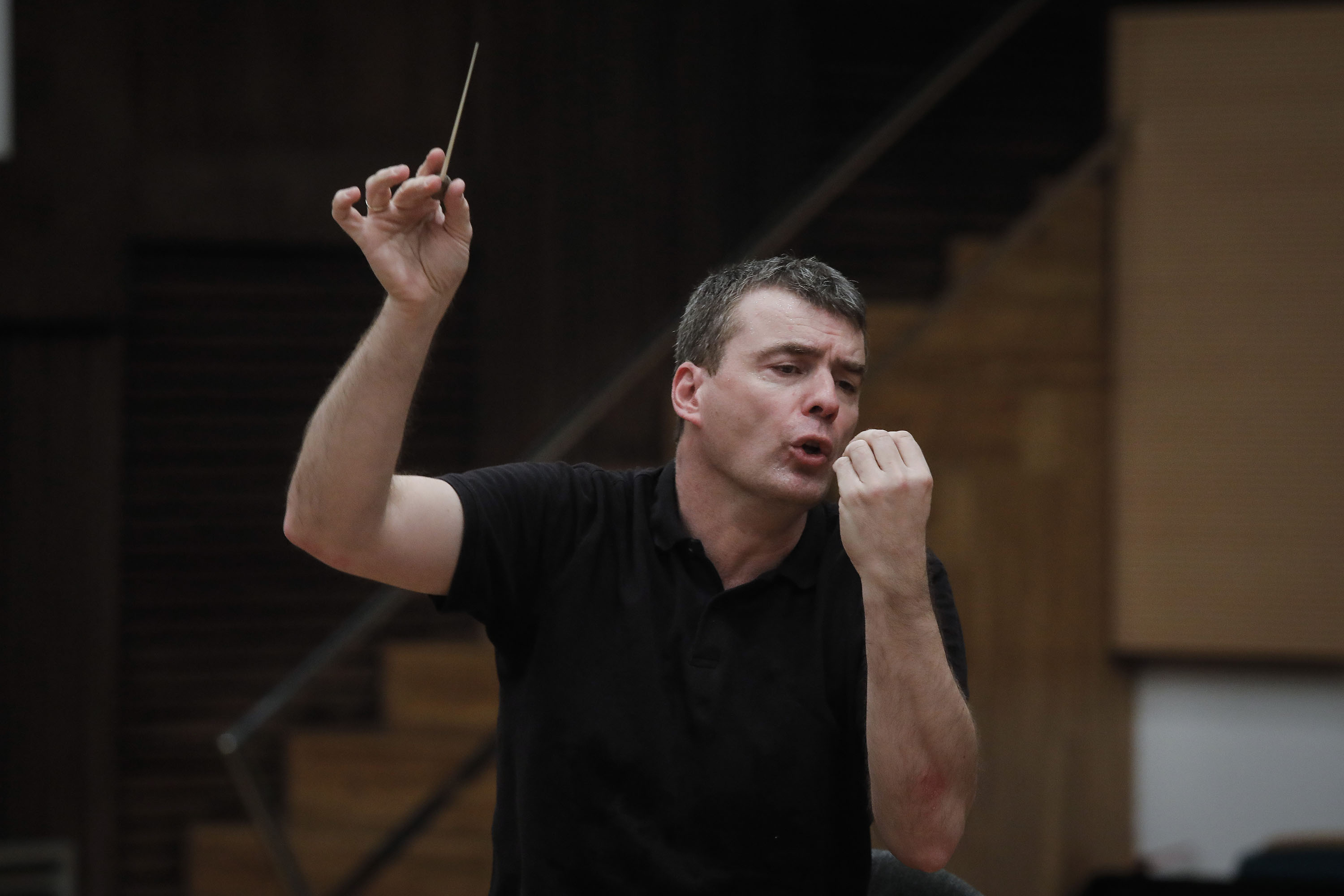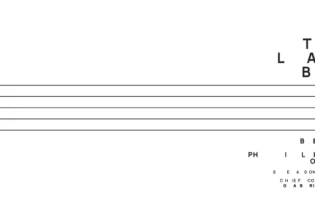
Chief Conductor Gabriel Feltz is with the Belgrade Philharmonic again, preparing an exclusive program to be held at the Belgrade Philharmonic Hall, on April 8, 9, and 10 at 7:00 p.m., including the Serbian premiere of Korngold’s Serenade for Strings and Mozart’s Symphony No. 39.
At these three concert evenings, the Belgrade Philharmonic will present an unusual connection between two composers who lived in different centuries: Wolfgang Amadeus Mozart and Erich Wolfgang Korngold. Apart from sharing the same name and the same Austrian origin, they were both considered as prodigies. Mozart wrote his first composition at the age of five, while Korngold wrote his at the age of nine. However, the latter’s creative path was full of twists and turns, such as going to the United States where he won an Oscar and became one of the most successful film composers during the Golden Age of Hollywood.
“I am fascinated by this brilliant and unfairly neglected composer. Initially, he wrote demanding and complex works, in the United States he became famous for his film music, and after the war he returned to Europe to resume his career as a concert composer. However, nothing was the same anymore; styles and influences had changed, he remained stuck in the past and people no longer understood him. That is a tragic fate for a composer, which is why I am happy that we are performing his Serenade for Strings from 1947, a very difficult work that is not played often. Even its premiere at that time was unsuccessful because the musicians were not ready. Fortunately, in our case the situation is completely different and I can hardly wait for the premiere,” Chief Conductor Gabriel Feltz said.
Even preparations for the performance of this work were unusual. One of our rehearsals included a screening of Korngold’s opera The Dead City so that Maestro Feltz and the orchestra could analyze the composer’s opus. The concert program closes with a symphony from Mozart’s later years. It is peculiar that at the time it was written, Symphony No. 39 was considered very difficult for both the audience and the musicians.






